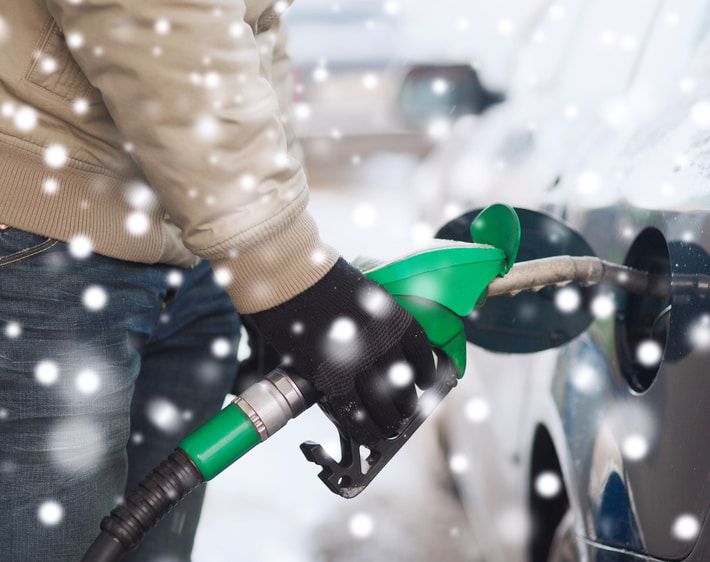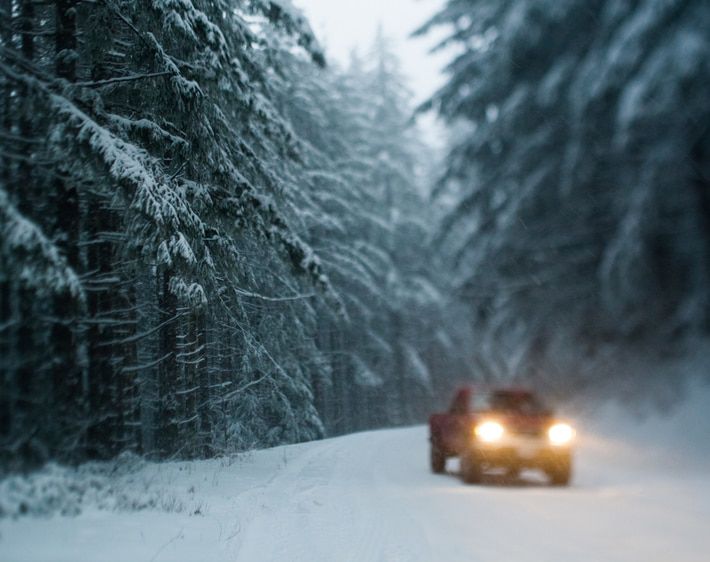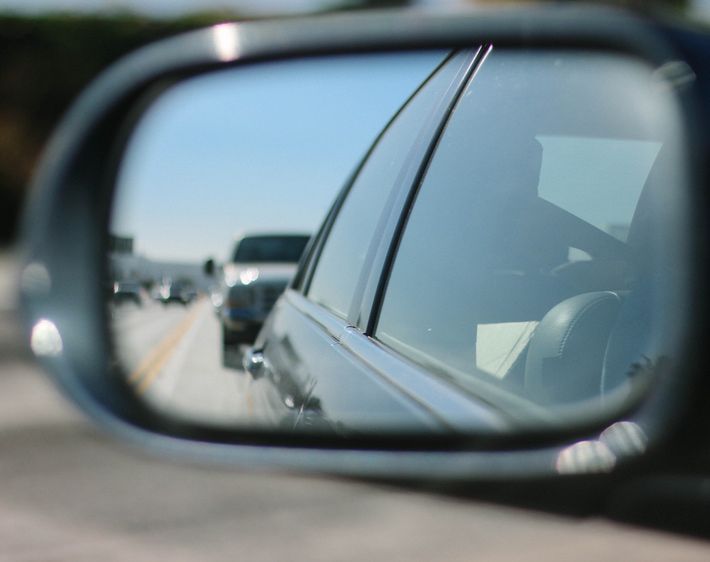Whether it’s black ice, blizzards, or bad drivers, winter weather can be hazardous. But beyond the discomfort, stress, and safety issues that can come when the thermometer dips below freezing, the cold can also impact your fuel economy.
Many forces are working to empty your gas tank, and while some can’t be avoided, others can. Knowing what causes poor gas mileage in cold weather can help you improve your fuel efficiency and get the most from your vehicle during the winter.
Thicker Fluids
Motor oil and other fluids can thicken and become more viscous in cold weather. So, while the engine is working on getting all of its parts moving, the lubricants meant to prevent friction and protect the transmission, axles, and engine components can increase resistance. Until these fluids are brought up to normal working temperatures and are warm enough to effectively do their job, your engine is working harder and burning more fuel.
Excessive Idling
Whenever you leave your car idling in the winter, whether it's to warm up thick fluids or get the cabin to a tolerable temperature for the driver, you're "burning" fuel. All this idling means your miles per gallon drop to zero. While “warming up the engine” was necessary when most vehicles relied on carburetors, the best way to get newer vehicles with fuel injectors up to their optimal running temperature is to get driving.
A Frosty Engine
While most dashboards don’t show an exact number, the ideal operating temperature for a car or truck engine is about 195 °F to 220 °F. When the engine is extremely cold, it takes longer to heat up and reach that fuel-efficient sweet spot.
Fuel economy tests by the U.S. Department of Energy have shown that miles per gallon for the typical vehicle are roughly 12% lower in 20°F temperatures than at 77°F. Taking shorter, more frequent trips can guzzle up even more gallons of gas since the engine can’t fully warm up before cooling right back down. If you do have to make several stops, go to the farthest destination first to give your engine plenty of time to warm up.
Winter Gas Blend
Probably the most frustrating (and unavoidable) reason for crummy gas mileage in the winter is the fuel itself. Federal law requires retail fuel stations to sell different fuel mixes at different times of the year based on Reid Vapor Pressure (RPV), a term used to measure fuel volatility.
Since heat and cold affect how gasoline vaporizes, summer and winter gasoline blends differ. Higher summer temperatures can cause evaporation, so the mix is tweaked to decrease RPV and prevent the liquid from vaporizing. On the other hand, winter blends are the opposite. Fuel must be able to evaporate properly for the engine to operate in cooler temperatures. If the fuel's RPV is too low, it can be more difficult to start your car on a cold day.
Battery/Alternator Strain
Battery performance is compromised in colder weather, which means that the alternator has to work harder to keep it charged. This is especially true when onboard accessories, such as fans, defrosters, and heated seats, are consuming additional power. With an increased electrical load, fuel economy drops since the alternator has to pull more engine power as it struggles to meet the demand. Make sure your battery is ready for winter by getting a free battery check from Firestone Complete Auto Care.
Aerodynamics
Believe it or not, aerodynamic drag can force an engine to work harder and use more fuel, especially when you are trying to maintain highway speeds. For example, things like your bike rack (probably won’t need to carry that around all winter) or that cool looking roof rack (yes, even without any luggage) can make it harder for your car to slice through the increased density of colder air.
Road Conditions and Traffic
Driving habits change with the seasons! During winter, many drivers go slower and activate their 4-wheel or all-wheel drive more often than usual. These driving practices can lower gas mileage, as can driving in stop and go traffic jams due to winter weather-related accidents!
Sluggish Tires
Finally, Ol’ Man Winter might be putting the squeeze on your tires. The force needed to keep a tire moving forward at a consistent speed is known as rolling resistance, and a lower rolling resistance means your engine has an easier time keeping your tires moving. But when colder temperatures cause the air pressure in your tires to decrease, rolling resistance increases and puts additional strain on your engine. It's like trying to pedal a bike with underinflated tires—it takes a lot of energy! If you notice a drop in gas mileage (or tire pressure), visit Firestone Complete Auto Care for a complimentary tire pressure check.
Advances in tire technology have improved fuel efficiency by reducing rolling resistance in colder temperatures. Gas-savvy tires, such as Bridgestone’s Ecopia, can lessen the impact of winter on fuel economy through improved construction and design.
What to Do About Poor Cold Weather Gas Mileage
Fuel-saving tires are just one way to loosen Jack Frost’s grip on your gas budget. Beat the cold and take back your MPGs by scheduling an appointment at your local Firestone Complete Auto Care. We'll get you the right set of winter tires, check your battery, fluids, wipers, and more! It's all part of our complete vehicle inspection to help keep your vehicle running newer, longer!



